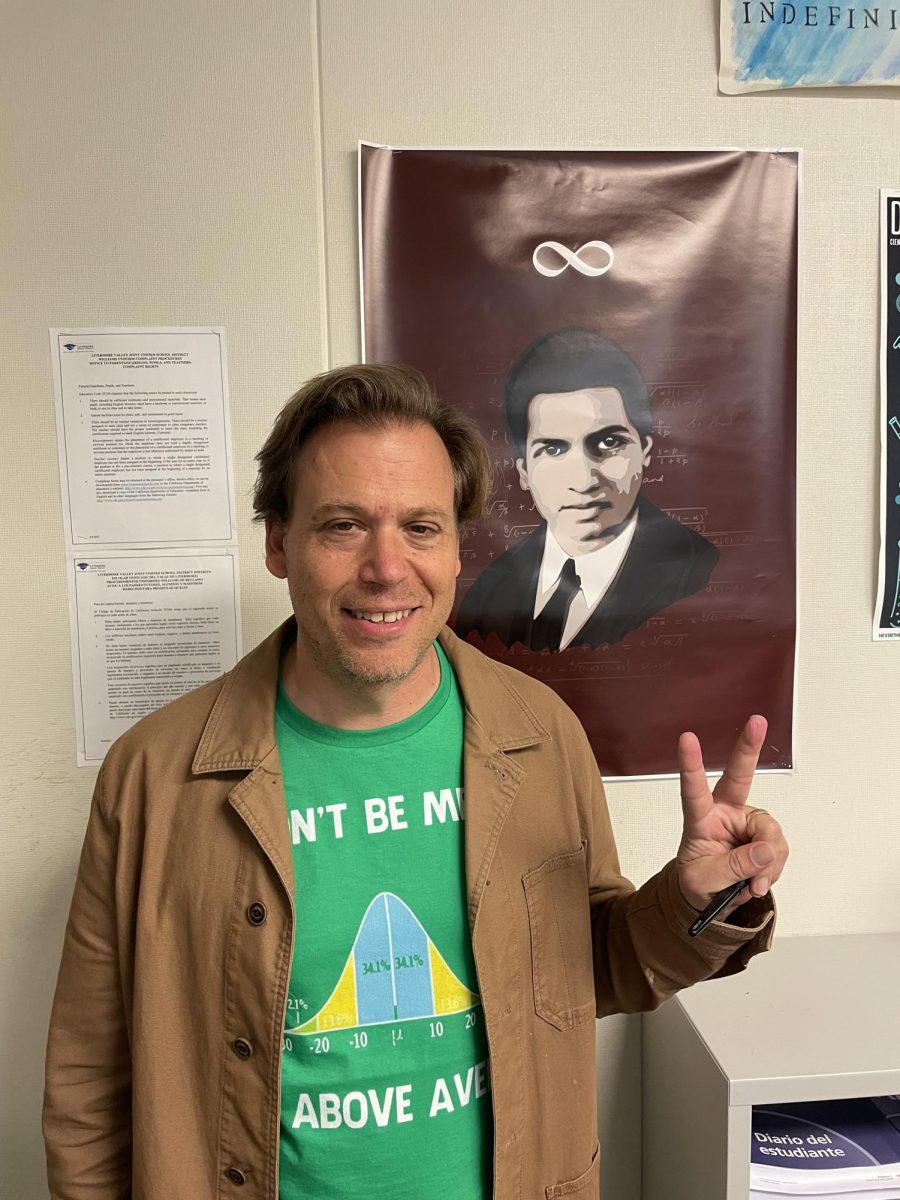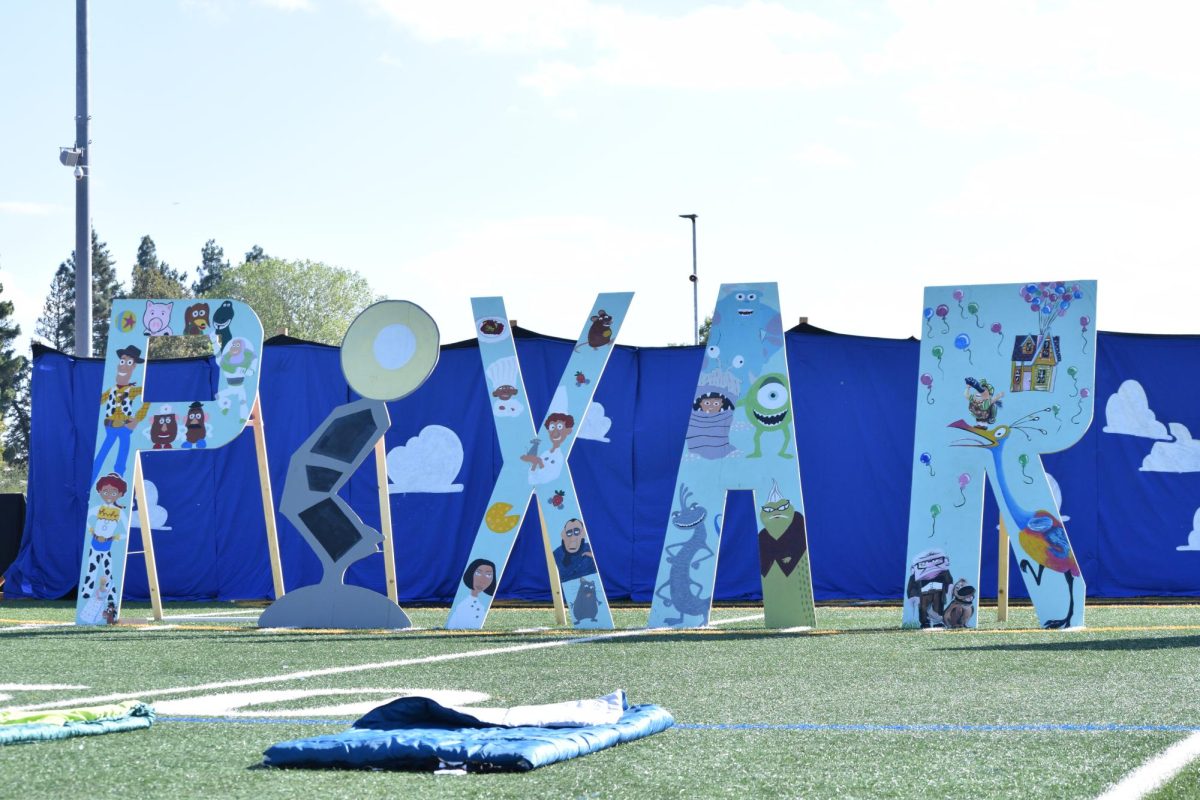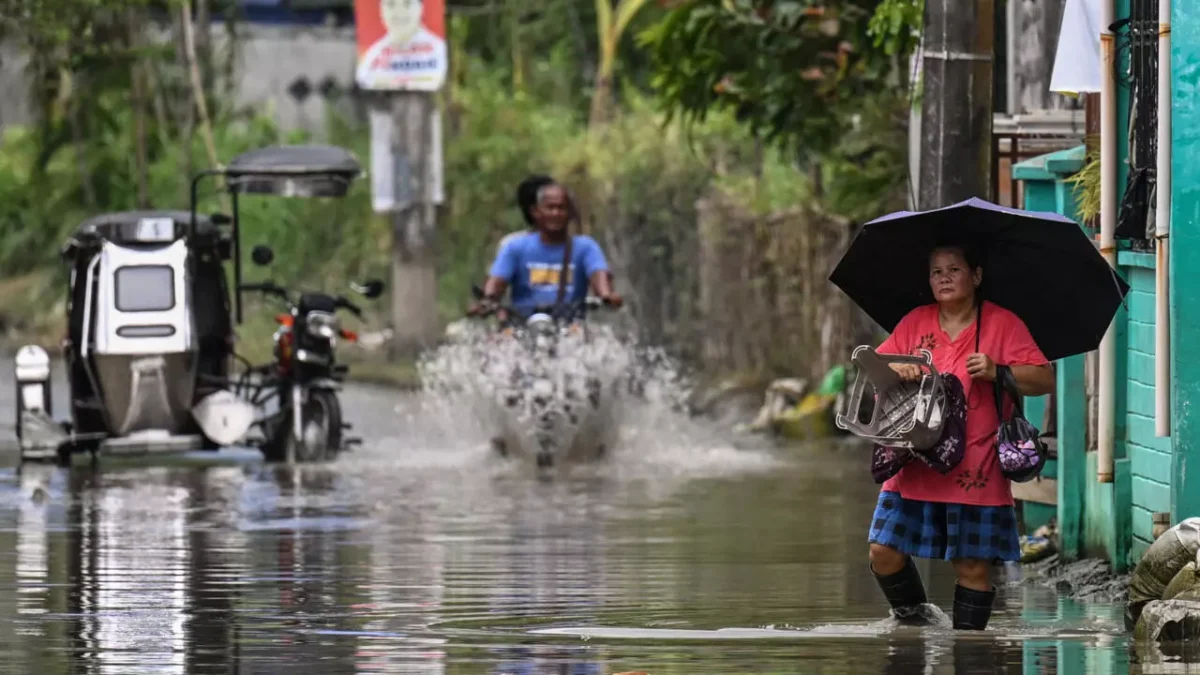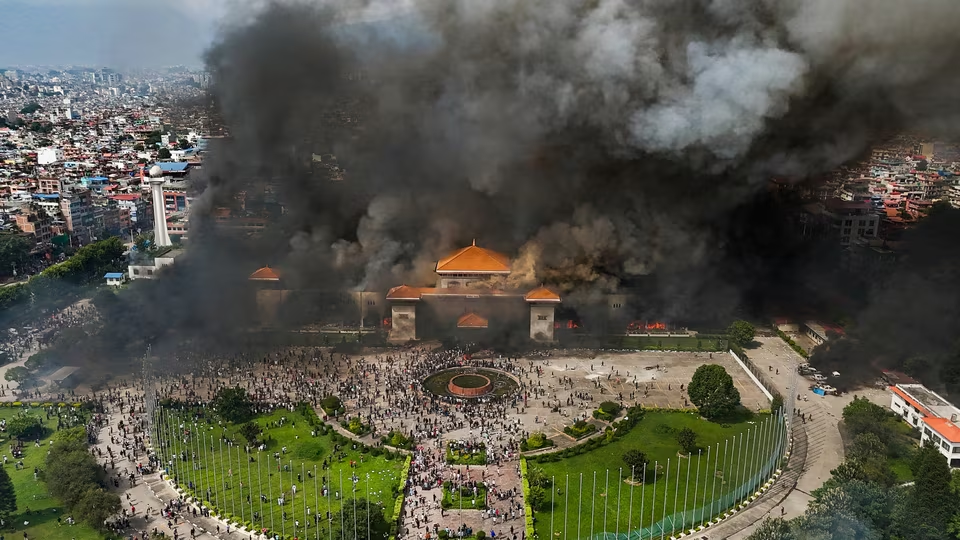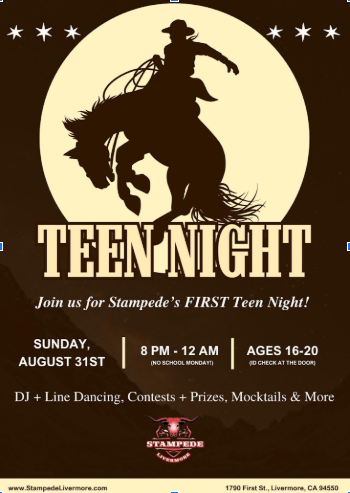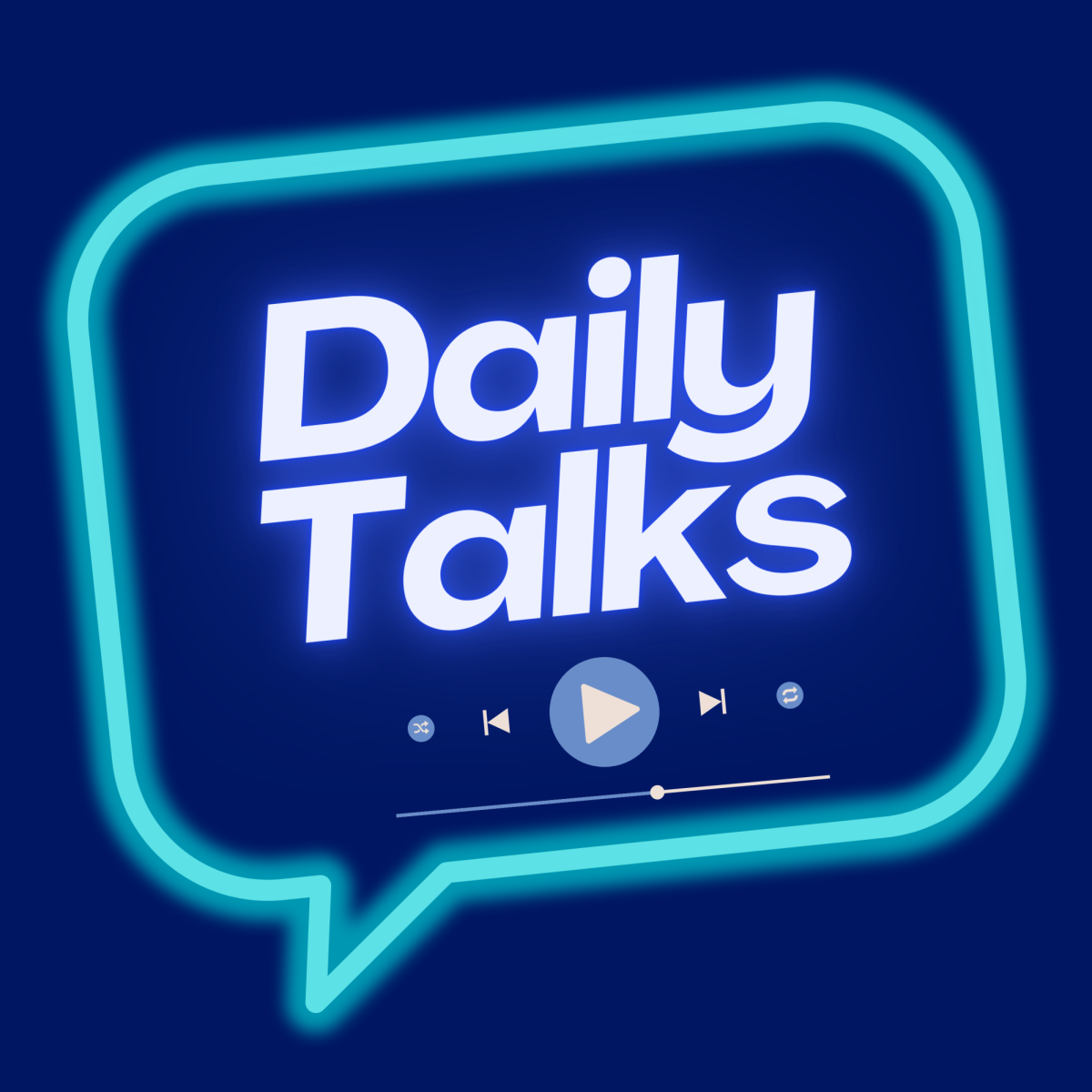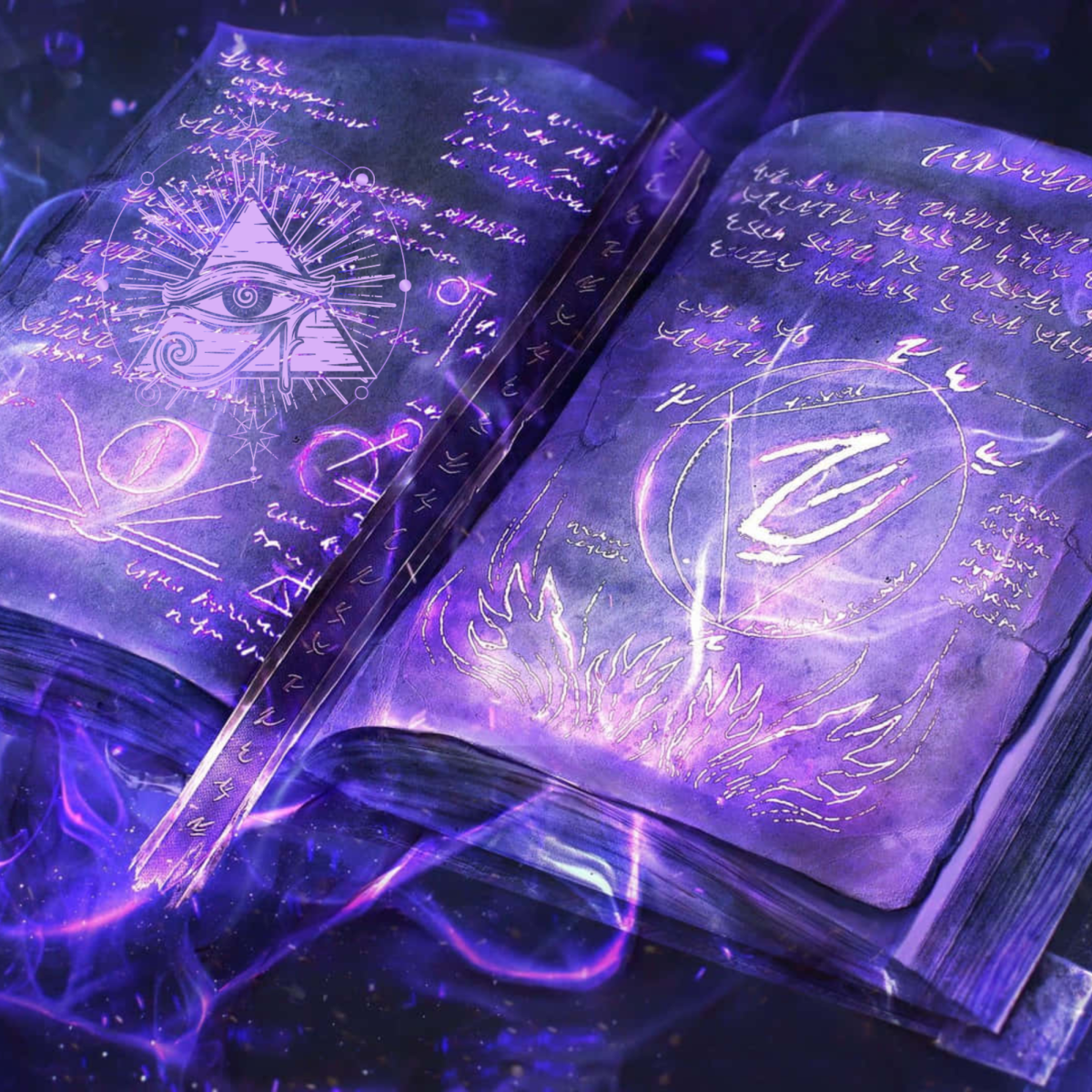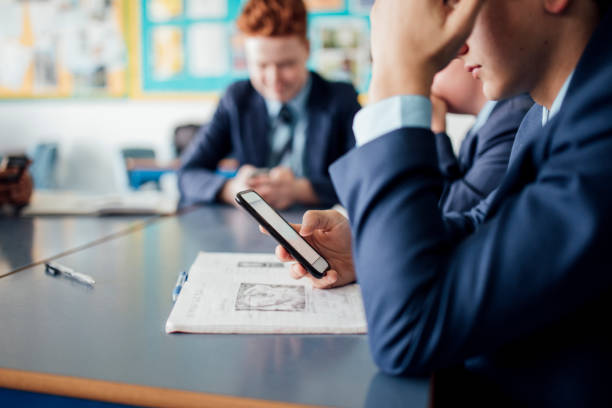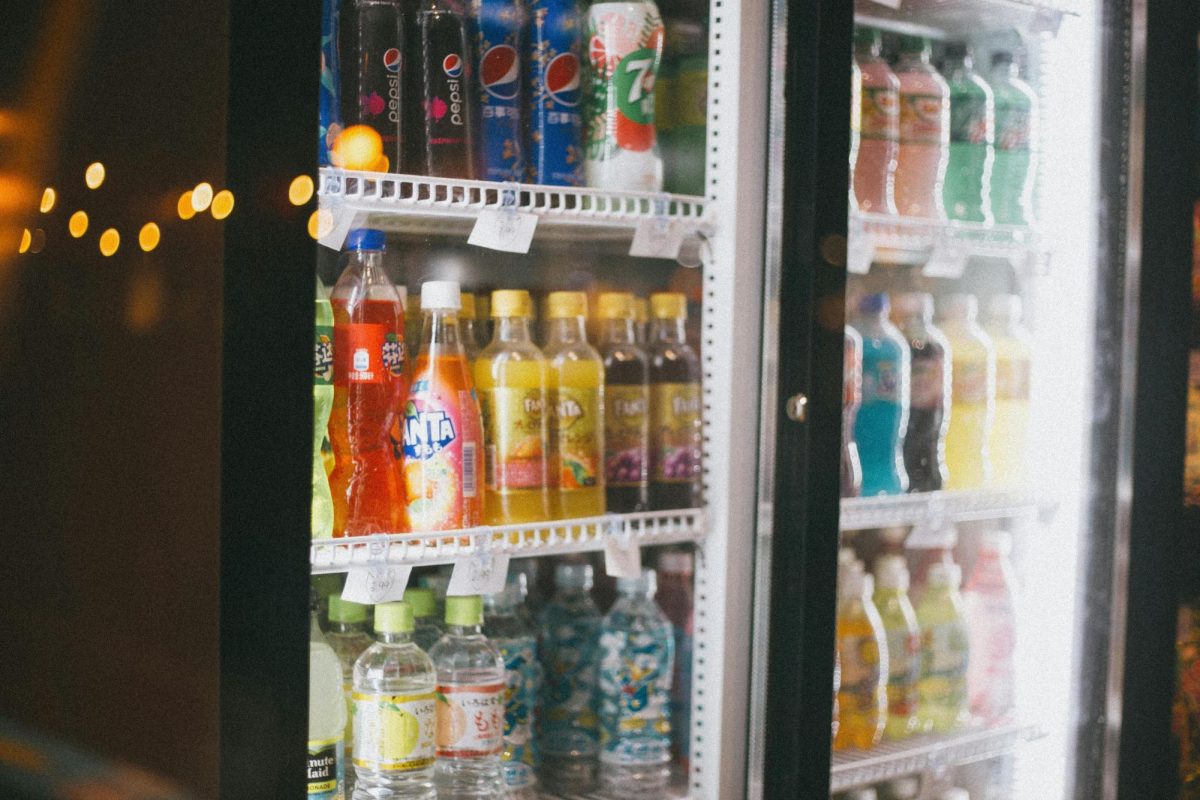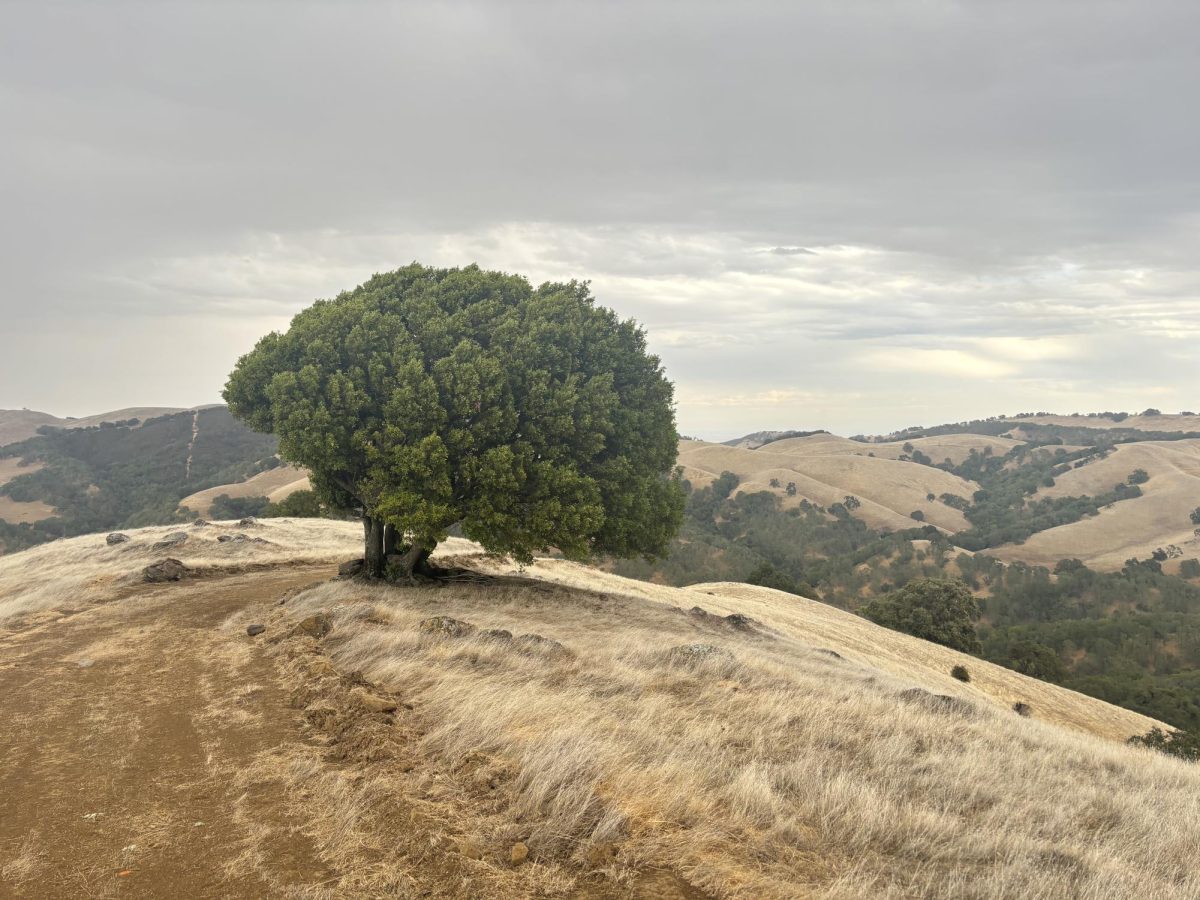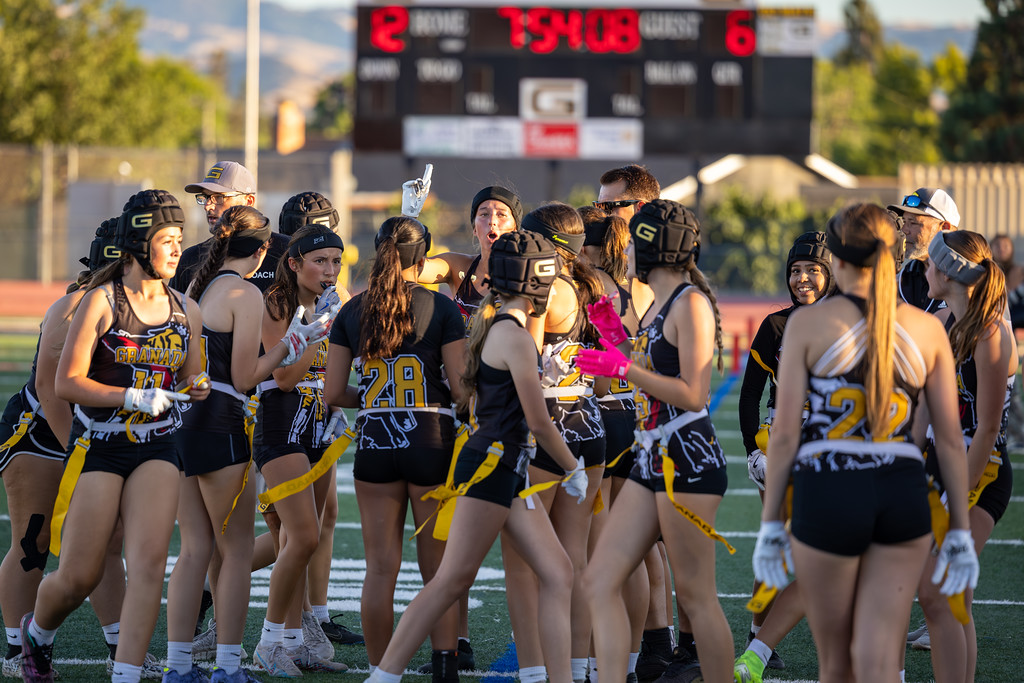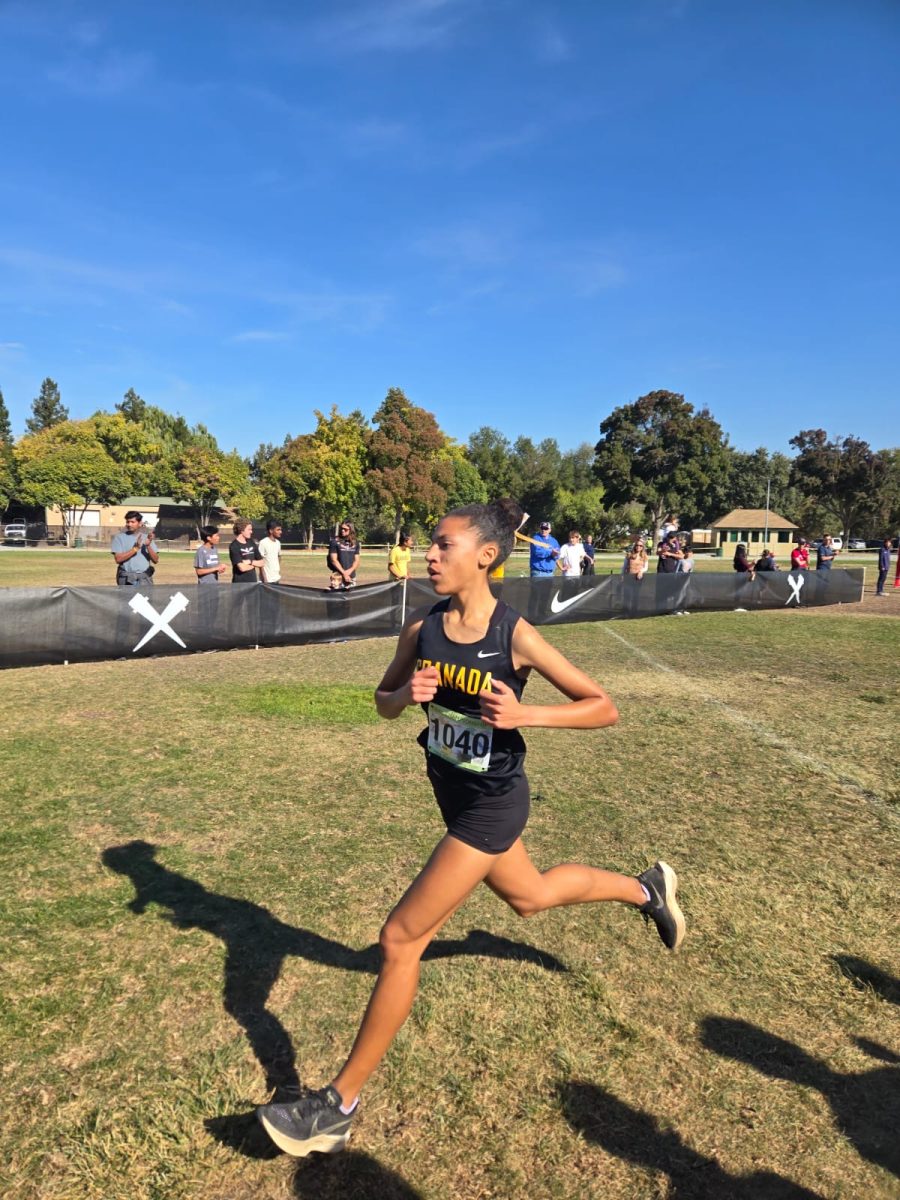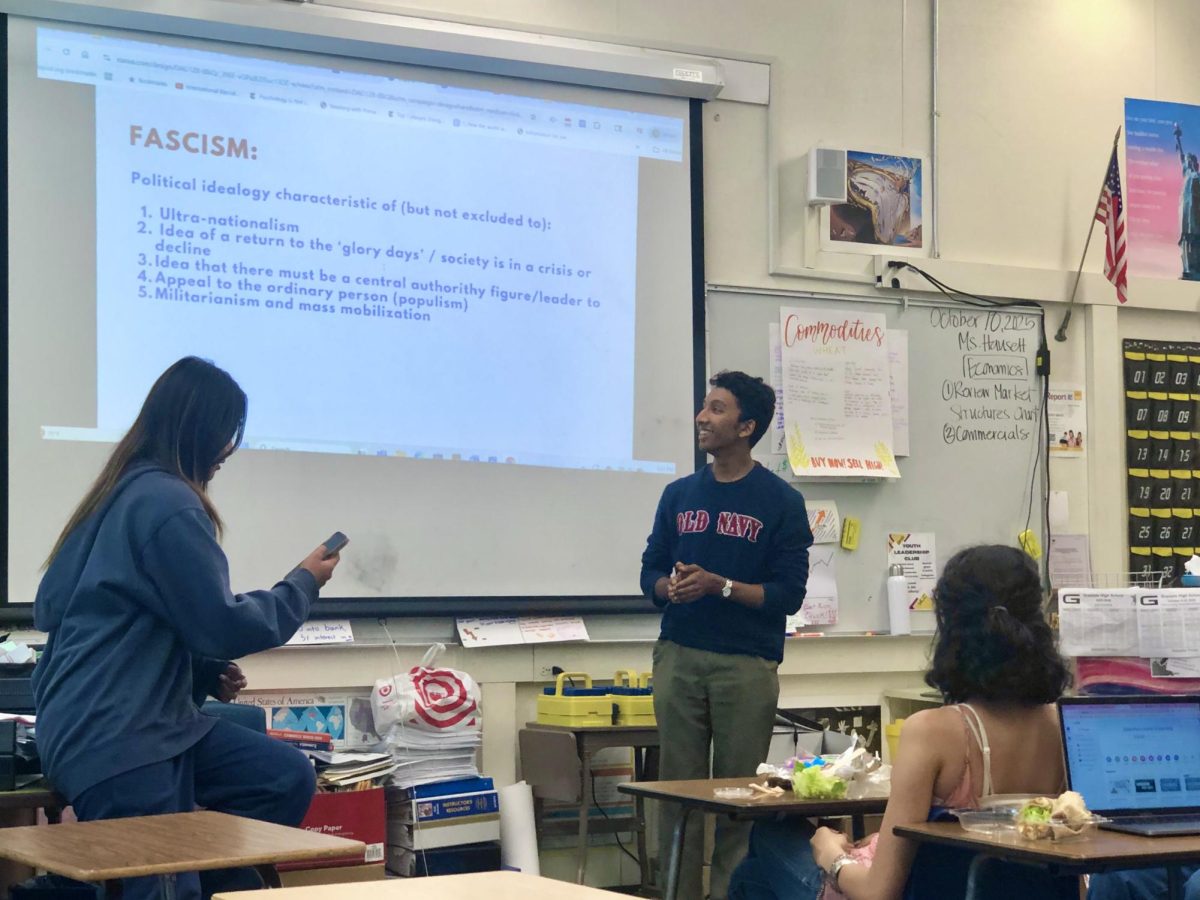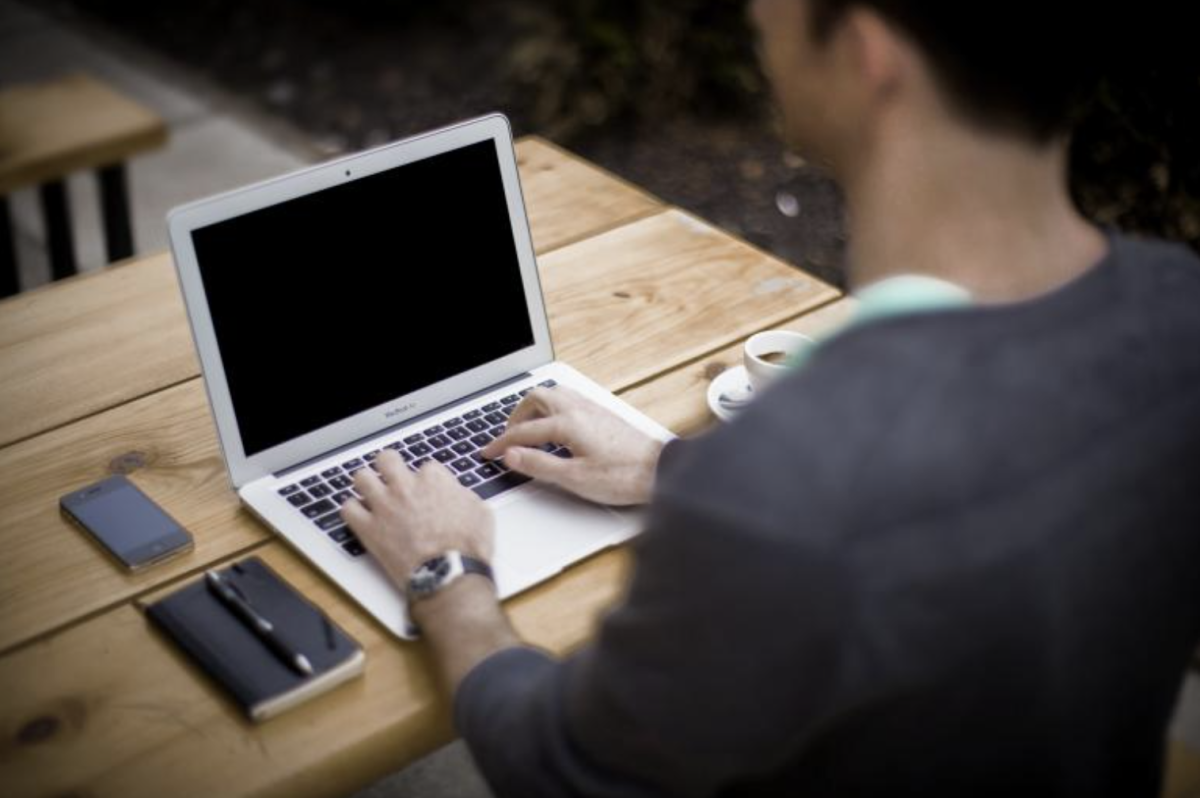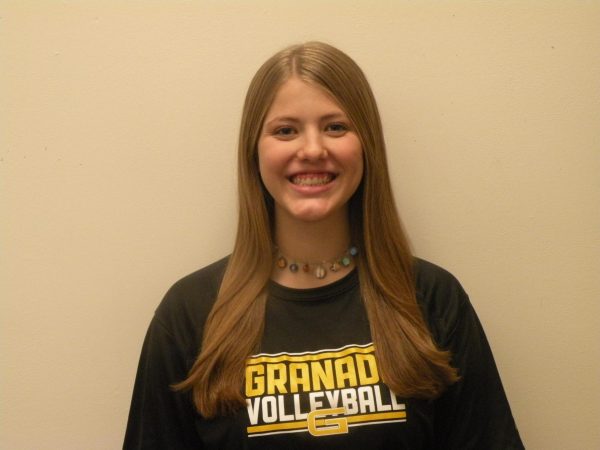The gates at the Lawrence Livermore National Laboratory opened to “Labbies” and their families at 8:30 am, which led them to the office of the LLNL director, Dr. Kimberly Budil, the first woman to have ever held the position. After meeting Ms. Budil, one could see her office in addition to the offices of other, high-up administrators at the lab. In a truly “LLNL-esque” fashion, there was also free ice cream when you entered the building, something numerous Labbies consider one of their favorite parts of the job.
Another interesting part of family day was the High-Performance Computing tour. There, families could see a few of the lab’s supercomputers, including Sierra, which works at 125 petaFLOPS (125 quadrillion arithmetic equations) per second, ranking 6th fastest in the world on the Top500 list. Sierra is made up of 1,572,480 cores and takes 7,438.28 kW to run. There were also scientists there informing the public about their upcoming supercomputer, El Capitan, projected to be the fastest in the world when it gets up and running.
Something the lab is most known for is ignition at the National Ignition Facility, or NIF, which was available for touring, after a quick safety warning.
Rob A., a deputy section leader for Lasers and Alignment Systems Engineering at NIF, says he “gave the safety brief 90 times, to more than 5,000 people before noon!”
The NIF tour allowed the families to see inside the room where the NIF chamber is located, the hollow sphere that holds the BB sized target struck by 192 high powered lasers at once, fusing the atoms together. Visitors were also allowed to see examples of special glass used to focus the lasers, the mechanism used to hold the target, and talk to engineers, physicists, and other scientists about how they contributed to the program, and develop a further understanding.
Deputy Lead Engineer of NIF X-Ray Diagnostics and Detectors, Nathaniel T., claims he “think[s] NIF left a pretty big impression on [his family]- while [he] was volunteering on Sunday, [his] son made LEGO replicas of the NIF target positioner and some of the amplifier hardware robots.”
Many families, like that of Rob A., who has “always worked on the other side of the big fences,” had the opportunity to see where their loved ones work. In many places at the lab, pictures are not allowed to be taken, so families really had to savor being able to see the environment their friend or relative spent most of their waking hours in. Sometimes, this included putting phones, watches, and other electronic devices in small lockers located outside of buildings, to prevent any information leaks.
For Nathaniel T., “the biggest thing was just giving [his family] something to visualize when [he talks] about what [he’s doing] at work.”
Family Day at the LLNL was an overwhelming success. Relatives of workers peeked into the daily lives of their loved ones, and got to learn about scientific research and experiments happening in their own town (or not, some people flew in from all over the world!). We don’t know when the next Family Day may happen, but I recommend going if given the opportunity.

